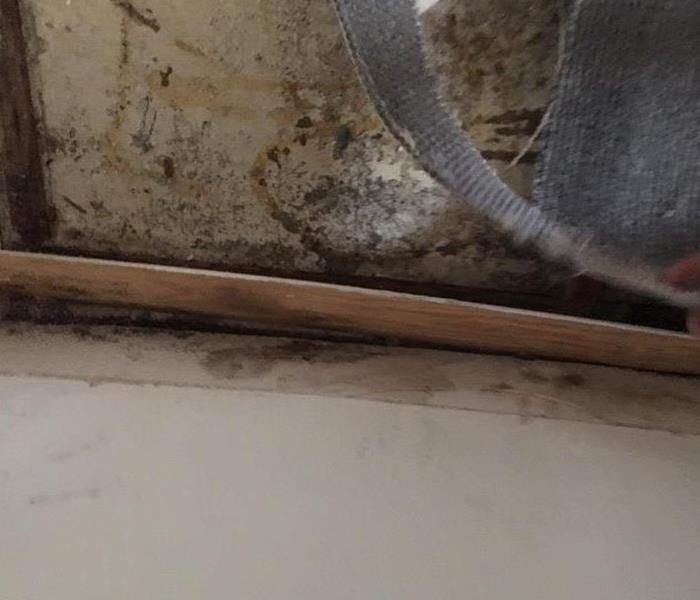More Colors of Mold Found in Your Home... Part 2
1/17/2017 (Permalink)
Yellow, green or black - These may be Aspergillus molds. According to the CDC, people breathe in these molds every day, usually without getting sick.
Black or grey - These could be Alternaria, which is most common as an outdoor mold, growing around damp, dusty areas, soil and plants. But it has made its way indoors. In one study, Alternaria was found in more than 90 percent of house dust samples.
Pink - The pink “mold” often seen in the bathroom in the form of a slimy, pinkish discoloration on sinks and tubs is actually bacteria, not mold. Specifically, it's Serratia marcescens. It thrives on soap and shampoo residues.
Greenish-black - This mold, of the Stachbotrys genus, is the infamous “black mold” that some news reports have linked to severe health problems. It's less common than the molds described above — and possibly less dangerous than news reports would have you believe. It prefers to live on high-cellulose, low-nitrogen surfaces, which include drywall, gypsum board, paper, dust and lint that is regularly exposed to moisture. The CDC notes, "Growth occurs when there is moisture from water damage, excessive humidity, water leaks, condensation, water infiltration, or flooding. Constant moisture is required for its growth."






 24/7 Emergency Service
24/7 Emergency Service
